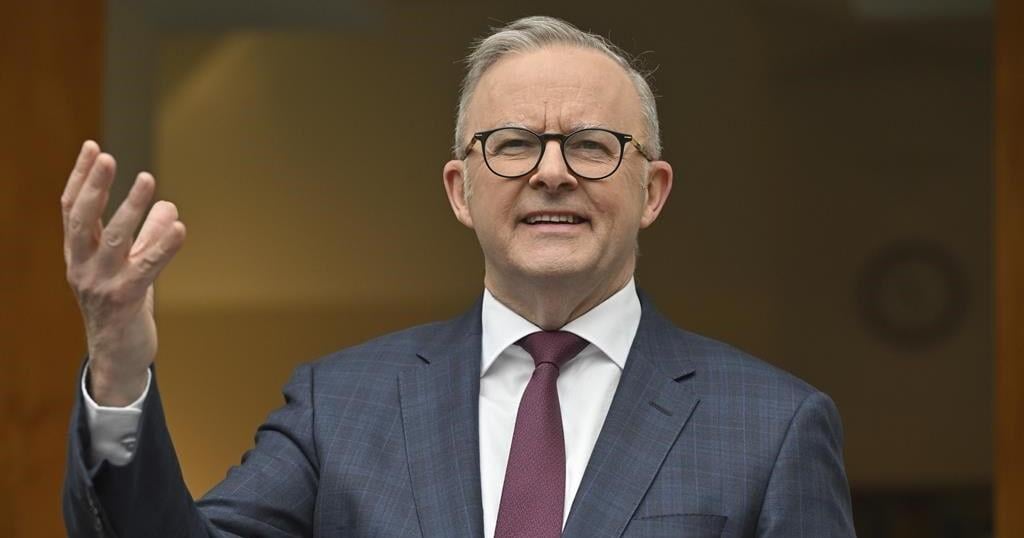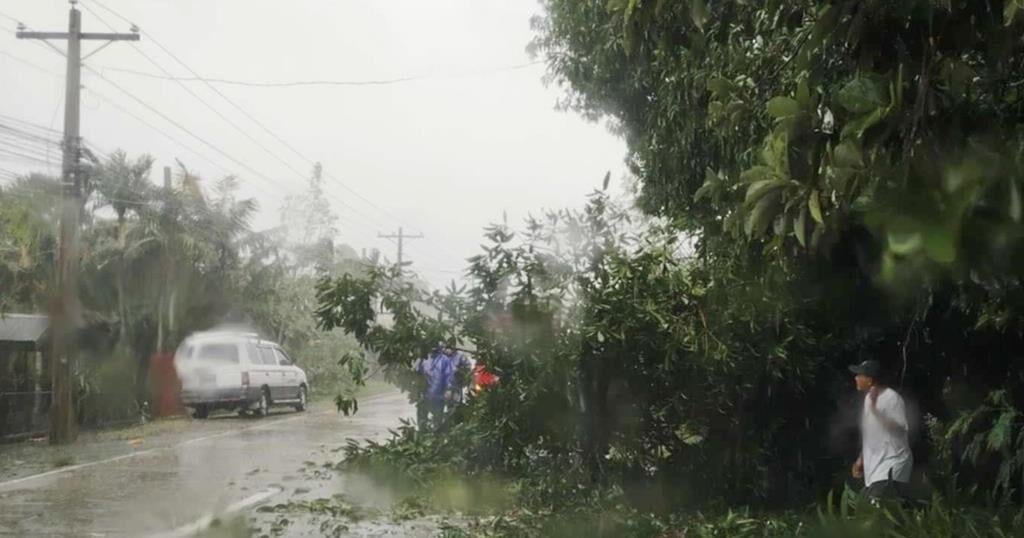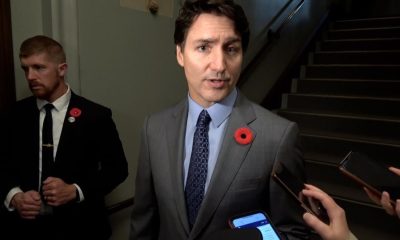CALGARY – When electric utility BC Hydro launched a procurement process earlier this year seeking new sources of clean energy for the province’s power grid, it included a specific requirement: projects must be at least 25 per cent owned by First Nations.
The procurement was BC Hydro’s first competitive request in more than 15 years, and the utility ended up receiving proposals for three times more energy than it was targeting. It plans to announce the successful proponents by the end of the year.
BC Hydro’s power program, and its decision to mandate First Nations equity ownership requirements, was just one of a series of milestones achieved this year on the road to improved economic participation by Canada’s Indigenous people.
Other major achievements in 2024 included a positive final investment decision by the proponents of Cedar LNG, a US$4-billion liquefied natural gas terminal being built off the coast of B.C. The facility will be majority-owned by the Haisla Nation, making Cedar LNG the largest Indigenous-owned infrastructure project in Canada.
The year also saw the announcement of a $1-billion agreement that would see TC Energy Corp. sell a minority stake in its Western Canadian natural gas transmission network to a consortium of Indigenous communities. Though the deal hit a snag due to what TC Energy called a “transaction structuring issue” and has not yet closed, it could be the largest-ever Indigenous equity agreement in Canadian history.
“It certainly has been a good year, and it has also given us as Indigenous people a lot of hope about the future, especially going into 2025,” said Sharleen Gale, chair of the First Nations Major Projects Coalition and a former Chief of the Fort Nelson First Nation in B.C.
“I really hope that in 2025 we’re going to see huge progress.”
Historically, some of Canada’s largest infrastructure projects — from mines to pipelines to power generating facilities — have been built on Indigenous territory.
While corporations have begun to recognize that Indigenous communities deserve to benefit from projects on their lands, in recent years these benefits have typically come in the form of construction jobs or procurement opportunities and have fallen short of offering Indigenous people a full equity stake.
That is starting to change, though.
Indigenous communities across Canada are showing growing interest in acquiring equity positions in major projects and infrastructure as a way to generate revenue and economic opportunity for their people.
The interest in equity ownership comes at a time when Canada has committed to reconciliation with Indigenous people, a commitment that includes the recognition of Indigenous people’s right to economic self-determination. And corporations themselves are recognizing the benefits from such deals, as securing the support and consent of Indigenous communities is increasingly essential for the construction and operation of major projects.
“(Equity ownership) is very widely recognized as the next evolution in relationships between Indigenous communities and the operators that operate in their traditional territories,” said Justin Bourque, president of Athabasca Indigenous Investments, a partnership of 23 northern Alberta Indigenous communities who came together in 2022 to purchase an 11.57 per cent stake in seven pipelines operated by Enbridge Inc.
“We still see a focus on respecting rights and providing access to procurement opportunities and jobs and employment and training, and that doesn’t go away now that we’re talking equity in addition. But Indigenous communities are looking to be part owners in the future as we continue to develop Canada,” Bourque said.
According to law firm Fasken, which has been tracking announcements of Indigenous equity investments in energy and related infrastructure projects in Canada, the last two years have seen a dramatic uptick in the number of deals struck. The law firm has reviewed 135 energy and related infrastructure projects over the past 15 years that are partially or wholly owned by Indigenous people. Twenty-eight per cent of those Indigenous equity investments occurred in the last two years alone.
Historically, one of the biggest barriers preventing Indigenous partners from pursuing equity ownership has been a lack of access to capital, said Vancouver-based Amy Carruthers, regional leader of Fasken’s global energy group. Canada’s Indian Act prohibits First Nations from using their land as collateral, meaning Indigenous communities struggle to access competitive interest rates through mainstream capital markets.
Government-backed loan guarantees, like the ones that have been offered in Alberta since 2020 through a provincial Crown corporation called the Alberta Indigenous Opportunities Corp., have helped increase the number of deals in recent years.
“Access to capital has really been the biggest nut to crack,” Carruthers said, adding the new federal loan guarantee program announced earlier this year will likely lead to a bump in project announcements, but additional financing options will be required if First Nations are to take on ever-larger shares of project ownership.
“Alternative sources of financing need to become available through private means and otherwise to help supplement what the government programs are already putting in place,” she said.
James Jenkins, executive director at the non-profit Indigenous Clean Energy, said the number of wind, solar and other forms of clean energy projects across Canada that have some level of Indigenous equity ownership has increased by about 30 per cent annually since 2020.
There are now about 600 medium- to large-scale renewable energy projects in Canada with Indigenous equity participation, and the number could grow significantly in the coming years as the clean energy transition ramps up. That’s why it’s important to keep recent momentum going, he said.
“There’s a significant amount of work to be done if we want to see that same level of participation moving into this era of increased energy demand,” Jenkins said.
“We need to do what we can to continue to increase the capacity and leadership development of Indigenous communities and businesses so that they are ready for this large wave of projects that’s coming.”
This report by The Canadian Press was first published Sept. 25, 2024.






















